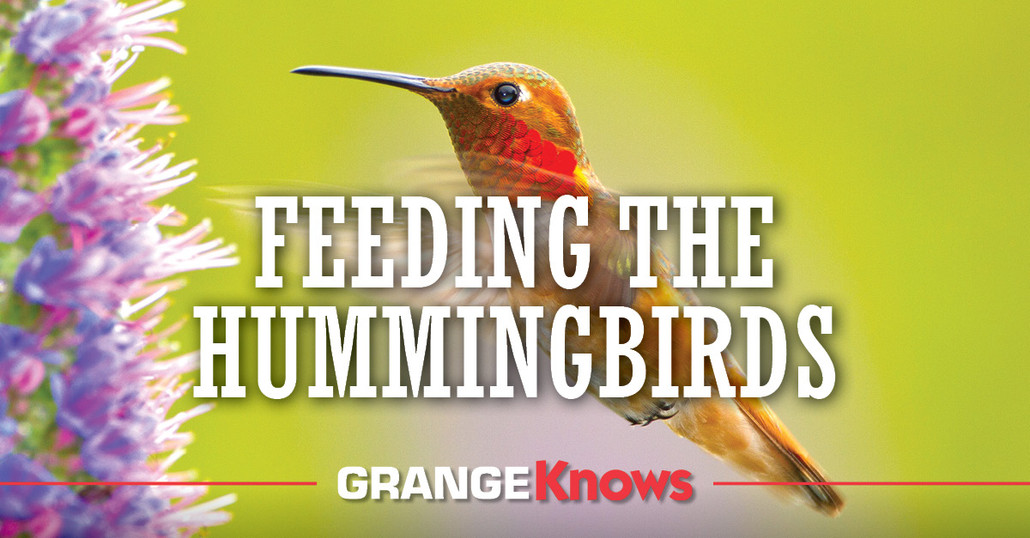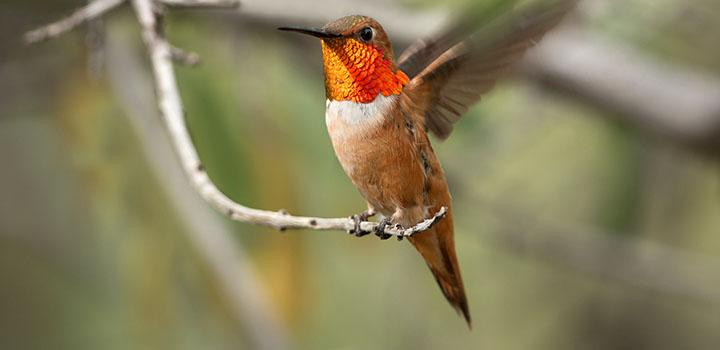Posted by Grange Co-op on 5th Feb 2023
Our porch and patio spaces become more lively when hummingbirds stop by, sipping from the feeder. There are hundreds of species of hummingbirds that live exclusively in the Americas. Only 15 species live in the U.S., which may be why they are not common in your backyard. Knowing when they will migrate through your state can help you see them more… Read more
Posted by Grange Co-op on 2nd Apr 2022
Hummingbirds are some of the smallest birds on the planet but beating their wings up to 90 beats per second burns a giant number of calories! Hummingbirds metabolisms consume nutrients quickly, requiring they visit one-to-two-thousand flowers every day. They need to eat every 10-15 minutes to keep this pace.
You can help these hardworking birds with a natural, sweet treat: nectar. This GrangeKnows article covers which type of nectar-mixtur… Read more
Posted by Grange Co-op on 2nd Oct 2013
Male: Mainly orange-brown all over (looks like a shiny copper penny) with a dark gorget that reflects iridescent orange-red in sunlight and white collar. Wings may be green.
Female: Green back and crown, orange-brown sides and tail, white belly and throat with iridescent reddish throat dots.Nesting:
Female builds a soft, flexible cup nest that expands to accommodate the growing young. The nest is made of downy plant fibers and moss, covere… Read more



